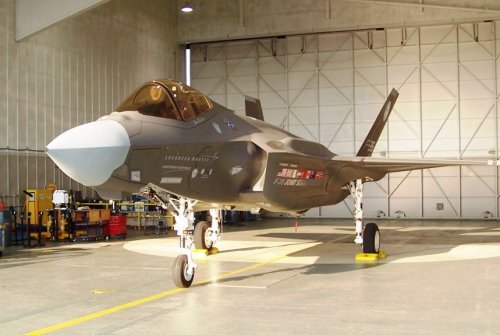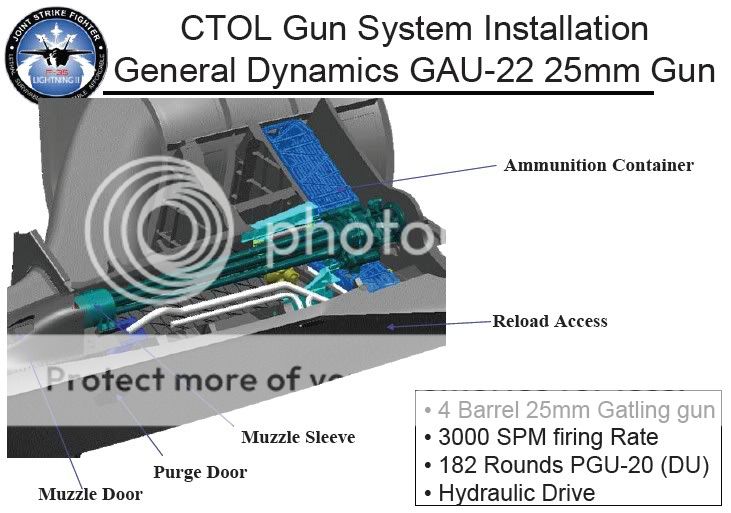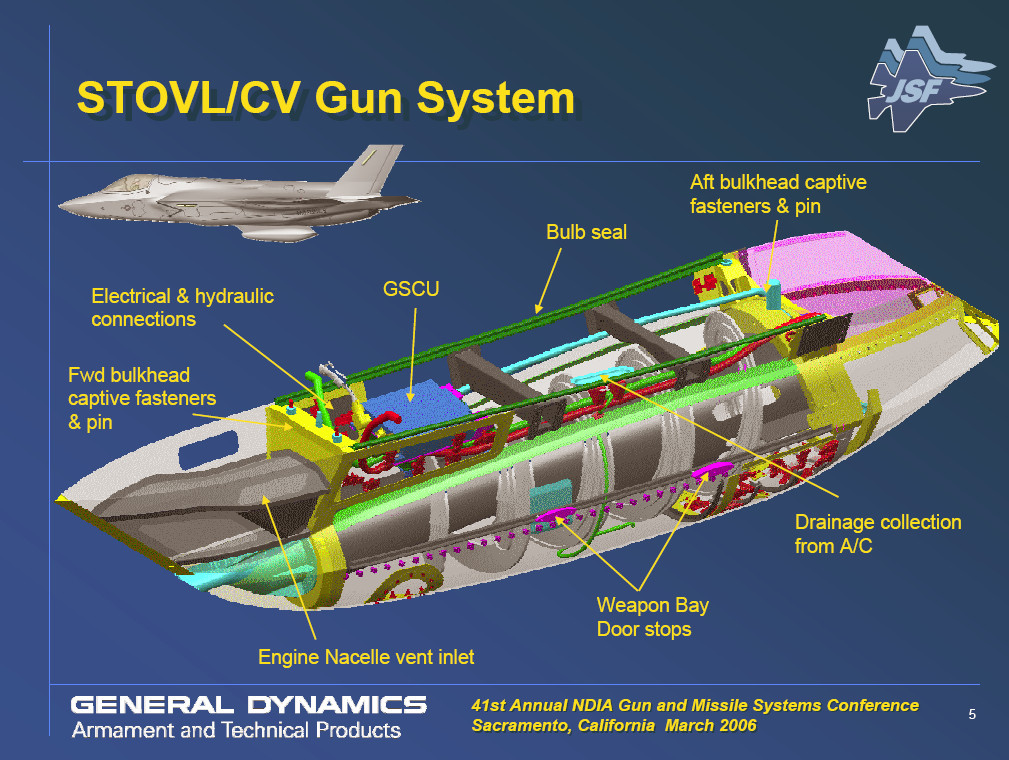kcran567 said:
1) So if the F-35s main 25 mm gun is better suited for ground use, is it at a disadvantage vs another fighter with gun more suited for air to air? Is this just a few poster's opinion or is this actual disadvantage that the F-35 will have to settle with due to being a compromise for air to ground?
2) Along those lines is a Su/Mig gsh-30mm cannon a poor choice for air to air and better for air to ground?
All weapons are compromises between conflicting requirements, and for guns this is true not only for the guns but for the ammo chosen too. Also, all valid choices have strengths and weaknesses - just different ones.
In aerial combat, key plus points (ignoring for this analysis the vital issues of sensors and fire control systems and weight/bulk constraints) are:
- the ability to fire a lot of projectiles in a short burst to maximise the hit probability (firing opportunities may be measured in fractions of a second), which penalises externally-powered rotaries because of their spin-up time;
- a short time of flight for the projectiles to the target, also to maximise hit probability, which prioritises relatively light projectiles fired at a high velocity;
- and a projectile which is capable of inflicting serious damage with a single hit (the bigger the better).
In ground attack, you want:
- a long effective range, which requires a relatively heavy projectile (other things being equal) as this retains velocity better;
- if your primary target is vehicles and structures, you need very powerful ammunition.
- if your primary target is personnel in the open, you need a very high rate of fire (but spin-up time is unimportant), or alternatively, to fire a big shell with an instant acting or preferably airburst fuze.
As is obvious from the above, there is no such thing as an ideal gun/ammo combination for general-purpose use. However, given that a gun is very much a secondary weapon these days, it doesn't actually matter too much what the characteristics are as long as a fighter has one always ready to use (which favours integral rather than podded guns - they tend to be more accurate also).



